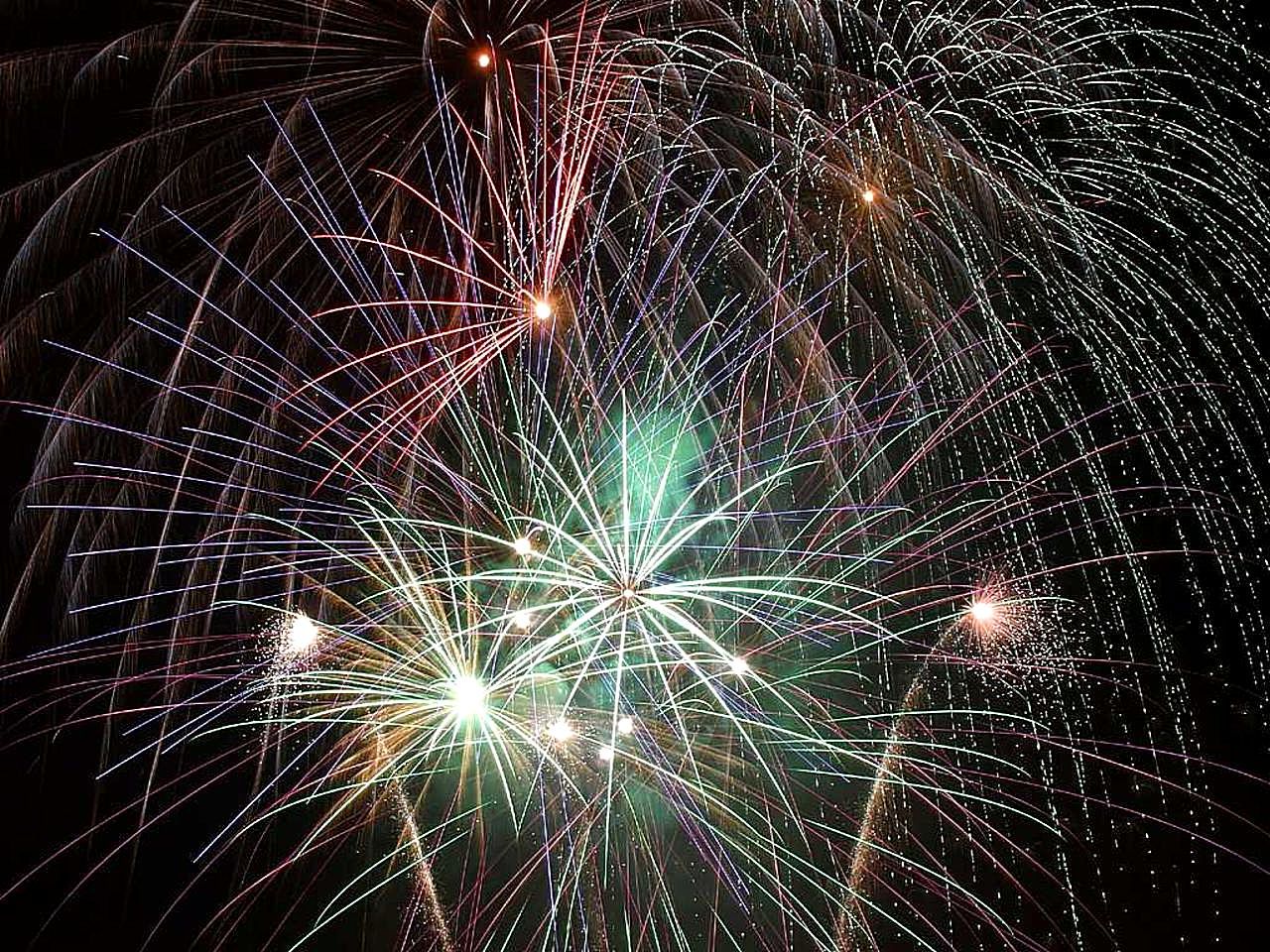Korean Age and Actual Age
Koreans have a interesting way of calculating age. When you are born, you are already one year old, and then you get another year older when New Year's Day passes. Imagine celebrating your birthday along with everyone else that was born in the same year as you! Everyone born on the same calendar year effectively has the same Korean age and can easily be calculated by the formula: Age = (Current Year − Birth Year) + 1
This concept, of "hangungnai" (한국나이), or 'Korean age', is different from your man-nai (만 나이), or 'actual age'. Because of how Korean age is calculated, it is usually one to two years older than the actual age. Under-age kids have sometimes tried to take advantage of this for various reasons, but eligibility for drinking alcohol, obtaining licenses, etc. is determined by the actual age.
This traditional system has not been used in modern North Korea since the 1980s.
Where does this tradition originate? East Asian age reckoning, as it is called, has its origins in Chinese culture. In Chinese tradition, aging would begin at the beginning of "lichun", which is the first of the twenty-three solar terms. Eastern Mongolian age was traditionally determined based on the number of full moons since conception for girls, and the number of new moons since birth for boys. However, the idea of a universal birthday has disappeared from all of East Asia, with China and Japan having switched to the western age reckoning system. Today the traditional system is still used by the elderly and in rural areas.
Read More
"Why Chinese People Have a Nominal Age". ChinaCulture.org
Expert sheds light on tycoon's age". The Star. October 25, 2007
"In Korea, all children are older than their European peers". Pravda. July 16, 2013
"Act on Calculation of Ages". Ministry of Justice, Japan. 1902.
"Act on Counting of Ages". Ministry of Justice, Japan. 1949
Act on Counting of Ages" (in Japanese). Ministry of Internal Affairs and Communications Japan. 1950.
